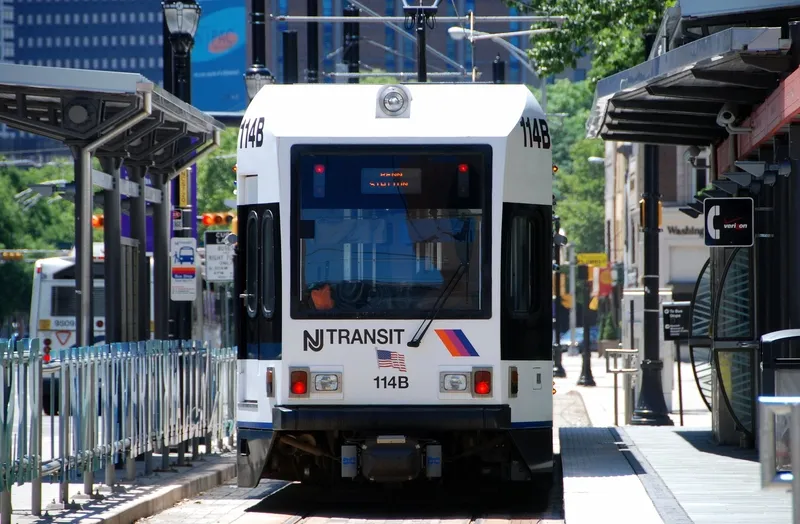Traffic management systems company International Road Dynamics (IRD) is to implement and operate a commercial vehicle electronic screening system as part of New Jersey’s Commercial Vehicle Information Systems and Networks (CVISN) program. The CVISN program is a collection of information systems and communication networks owned and operated by government, carriers and stakeholders that support commercial vehicle operations (CVO). As a result of this contract, IRD will provide e-screening services to commerc
January 15, 2013
Read time: 2 mins
Traffic management systems company 69 International Road Dynamics (IRD) is to implement and operate a commercial vehicle electronic screening system as part of New Jersey’s Commercial Vehicle Information Systems and Networks (CVISN) program.
The CVISN program is a collection of information systems and communication networks owned and operated by government, carriers and stakeholders that support commercial vehicle operations (CVO). As a result of this contract, IRD will provide e-screening services to commercial carriers with an estimated value to IRD in excess of US$1.5 million over the life of the contract.
As part of the five-year contract, IRD will design, install, and operate core CVISN compliant, transponder-based electronic screening systems at three weigh station locations in the state, two existing weigh stations and a third weigh station that is currently under construction. These new systems will provide electronic mainline screening of transponder-equipped vehicles that will reduce crashes and fatalities as a result of focused enforcement on higher risk carriers. In addition these systems will reduce congestion in and around weigh stations while providing driving time and fuel savings to compliant carriers to facilitate more efficient movement of freight.
Terry Bergan, IRD’s president and CEO commented, “We are pleased to have been awarded this contract with the State of New Jersey which expands our deployment of electronic screening systems in North America. We expect the commercial vehicle electronic screening segment of our business to increase significantly as we continue to expand our presence and build upon our reputation for quality and service.”
The CVISN program is a collection of information systems and communication networks owned and operated by government, carriers and stakeholders that support commercial vehicle operations (CVO). As a result of this contract, IRD will provide e-screening services to commercial carriers with an estimated value to IRD in excess of US$1.5 million over the life of the contract.
As part of the five-year contract, IRD will design, install, and operate core CVISN compliant, transponder-based electronic screening systems at three weigh station locations in the state, two existing weigh stations and a third weigh station that is currently under construction. These new systems will provide electronic mainline screening of transponder-equipped vehicles that will reduce crashes and fatalities as a result of focused enforcement on higher risk carriers. In addition these systems will reduce congestion in and around weigh stations while providing driving time and fuel savings to compliant carriers to facilitate more efficient movement of freight.
Terry Bergan, IRD’s president and CEO commented, “We are pleased to have been awarded this contract with the State of New Jersey which expands our deployment of electronic screening systems in North America. We expect the commercial vehicle electronic screening segment of our business to increase significantly as we continue to expand our presence and build upon our reputation for quality and service.”










